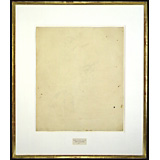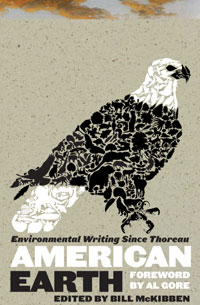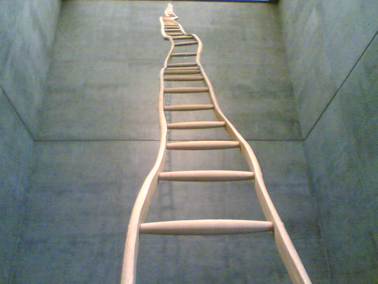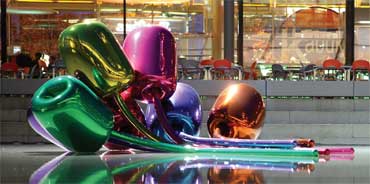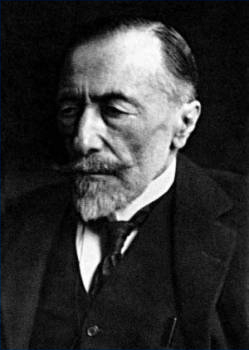End of the work week, the daily trudge home, the brain dull and the eyes glazed. Time for some TV! And some of America’s finest television is available, just over the cable, no iTunes or websites or DVDs necessary. TV, the way Apollo intended it! Apollo, god of prophecy (not to mention health, music and poetry, and salty snacks). Apollo, speak through this vehicle, this Toshiba, not flatbellied (er, screened) with muscular definition, no, but prepared to absorb your Delphic pronouncements.
Speak, Apollo. Let’s see: the last bit of “My Name is Earl” and then “The Office” vs. “Grey’s Anatomy.” We can watch both, no problem, and even bits of “BloodRayne” on the SciFi channel. Hey! Ben Kingsley, vampires and thus blood, swordplay, provocative costuming, hilarious dialog. Is that Meat Loaf? Yes, it is. Oh no, not Geraldine Chaplin… but alas, yes again. And Michelle Rodriguez, who used to be in “Lost.” Perfect. Because “Lost” follows “Grey’s Anatomy,” and during commercials “ER” still hangs in there, verily concluding its 14th season, and who should show up on that episode but Stanley Tucci and Steve Buscemi. There is a LOT of acting talent available to us tonight, but Buscemi’s going to triumph over all comers — from Steve Carell to Ben Kinglsey. Even Meat Loaf doesn’t stand a chance. Steve Buscemi has channeled Apollo: He chooses, he suffers, the Mob wants him dead. He does his duty. He gets under our skin.
Time for a commercial. Don’t touch that remote!
Continue reading Must-see TV, really, I must

